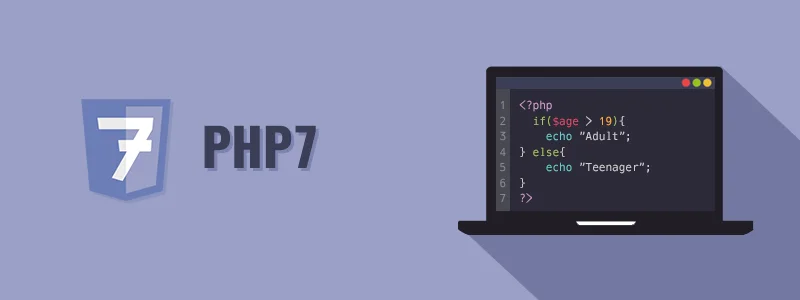
PHP stands for Hypertext Preprocessor, a widely-used open-source server-side scripting language for creating dynamically generated web pages. Rasmus Lerdorf originally created PHP in 1994, initially known as Personal Home Page.
PHP scripts execute on the server, sending results as plain HTML to web browsers. PHP integrates seamlessly with popular databases like MySQL, PostgreSQL, Oracle, and Microsoft SQL Server. The current major version is PHP 7, validated against the latest release.
PHP is a powerful yet easy-to-learn language. Bookmark this website and continue learning.
Tip: Our PHP tutorial covers the fundamentals, making it easy for beginners to learn gradually. Start with basics and progress daily.
PHP offers various capabilities:
This list is not exhaustive; upcoming chapters will cover more.
PHP has several advantages:
Tip: Websites like Facebook, Yahoo, Flickr, and Wikipedia, along with major CMS (WordPress, Drupal, Joomla, Magento), are built using PHP.
This PHP tutorial series covers fundamental programming concepts, gradually progressing to advanced topics. It includes data types, operators, variables, outputs, decision-making, looping, string and array manipulation, function definition and invocation, and more.
Advanced topics include file systems, sessions, cookies, date and time handling, email scripting, form handling, data filtration, error handling, classes, objects, JSON data parsing, regular expressions for pattern matching, and database manipulation using MySQL. Featured projects include user login systems, Ajax search, etc.
Tip: Each chapter includes real-world examples for hands-on practice using an online editor.